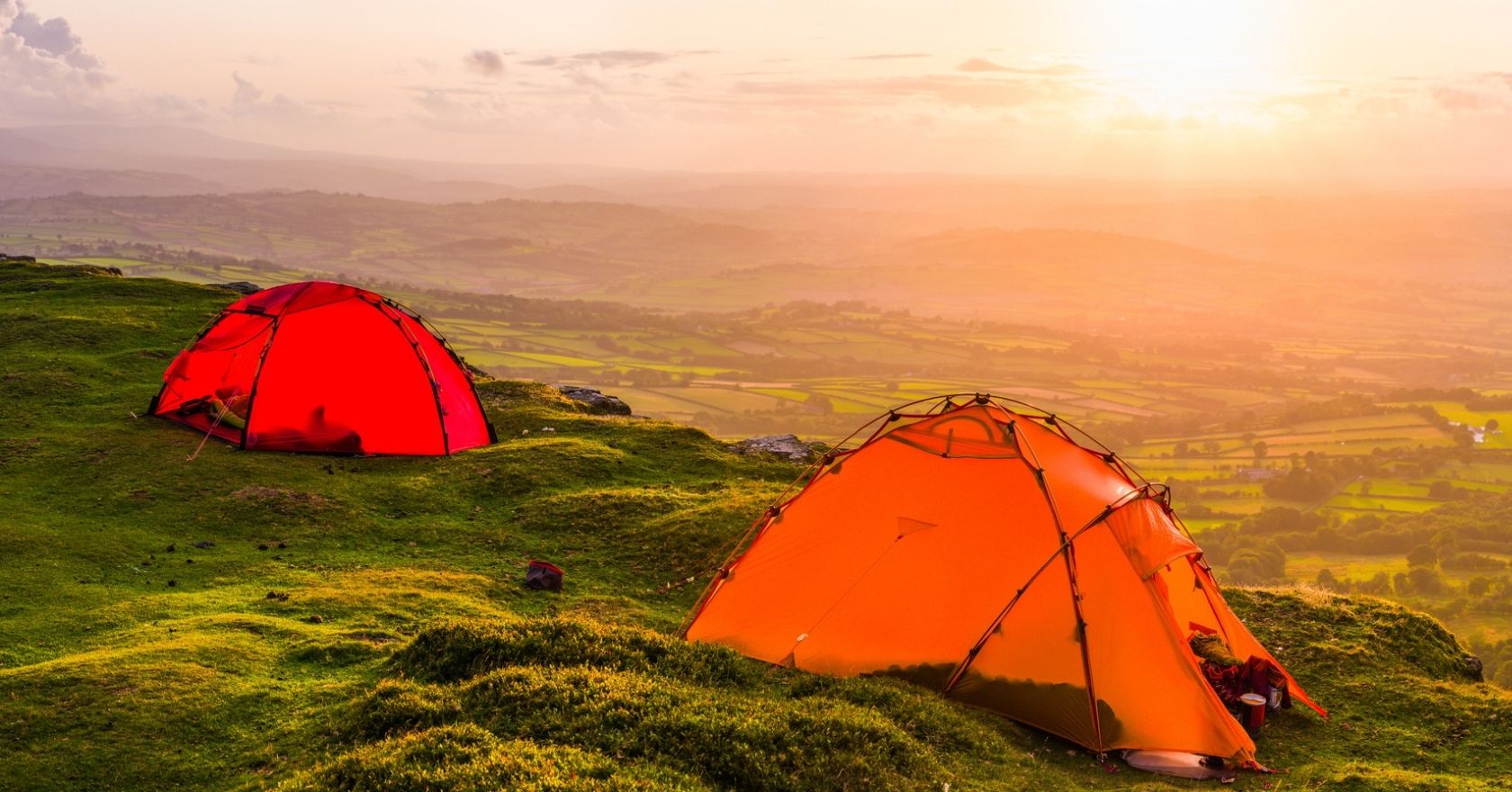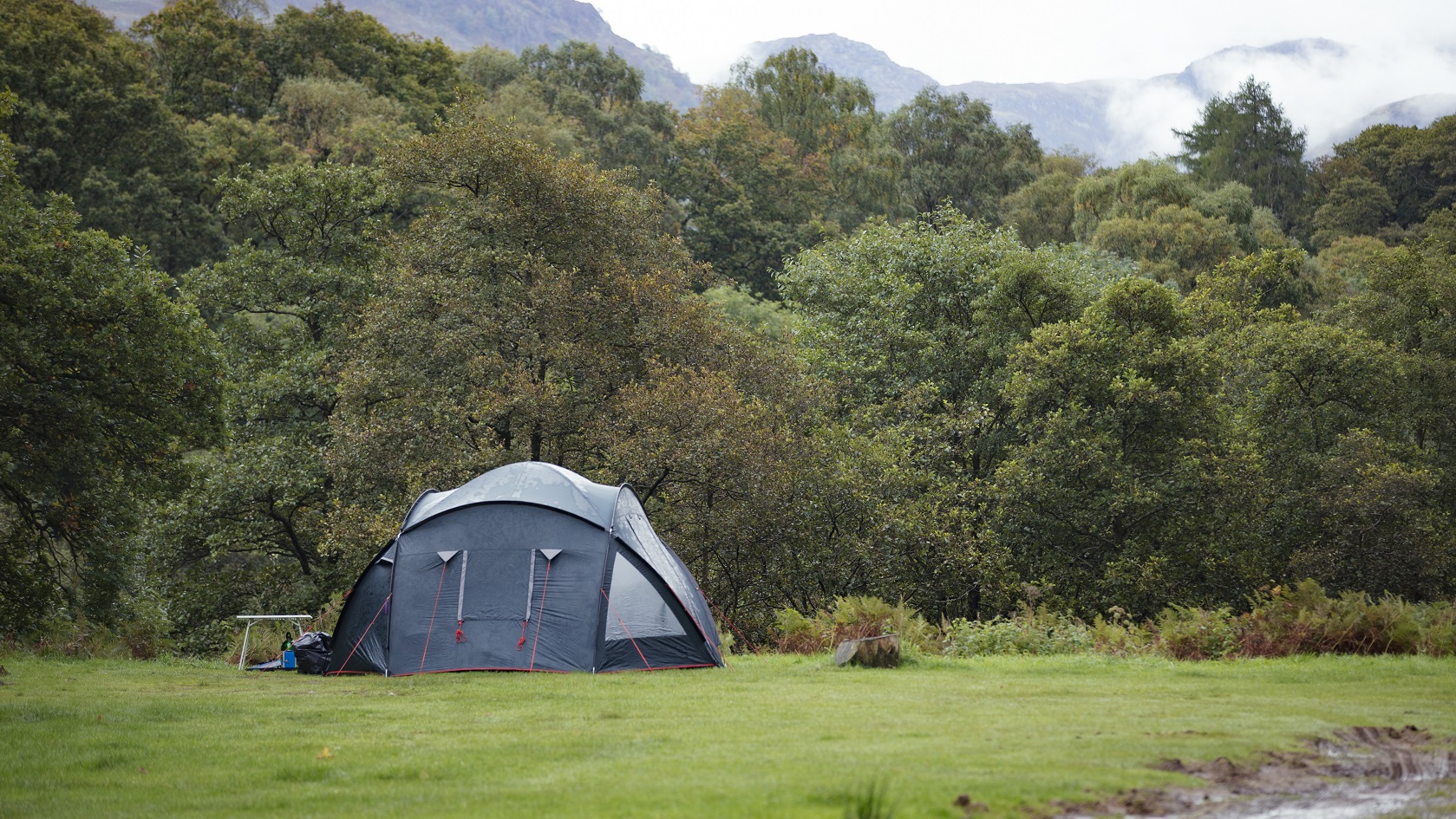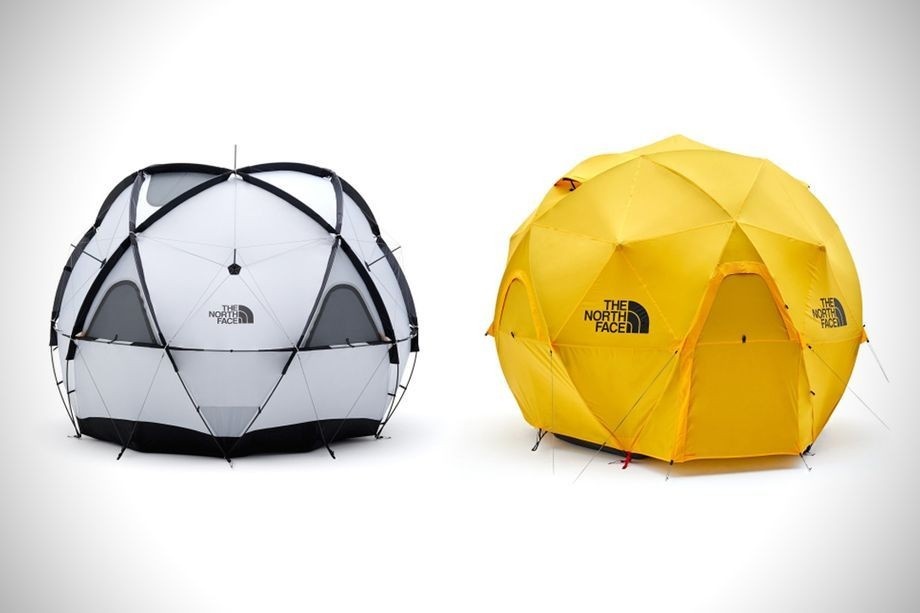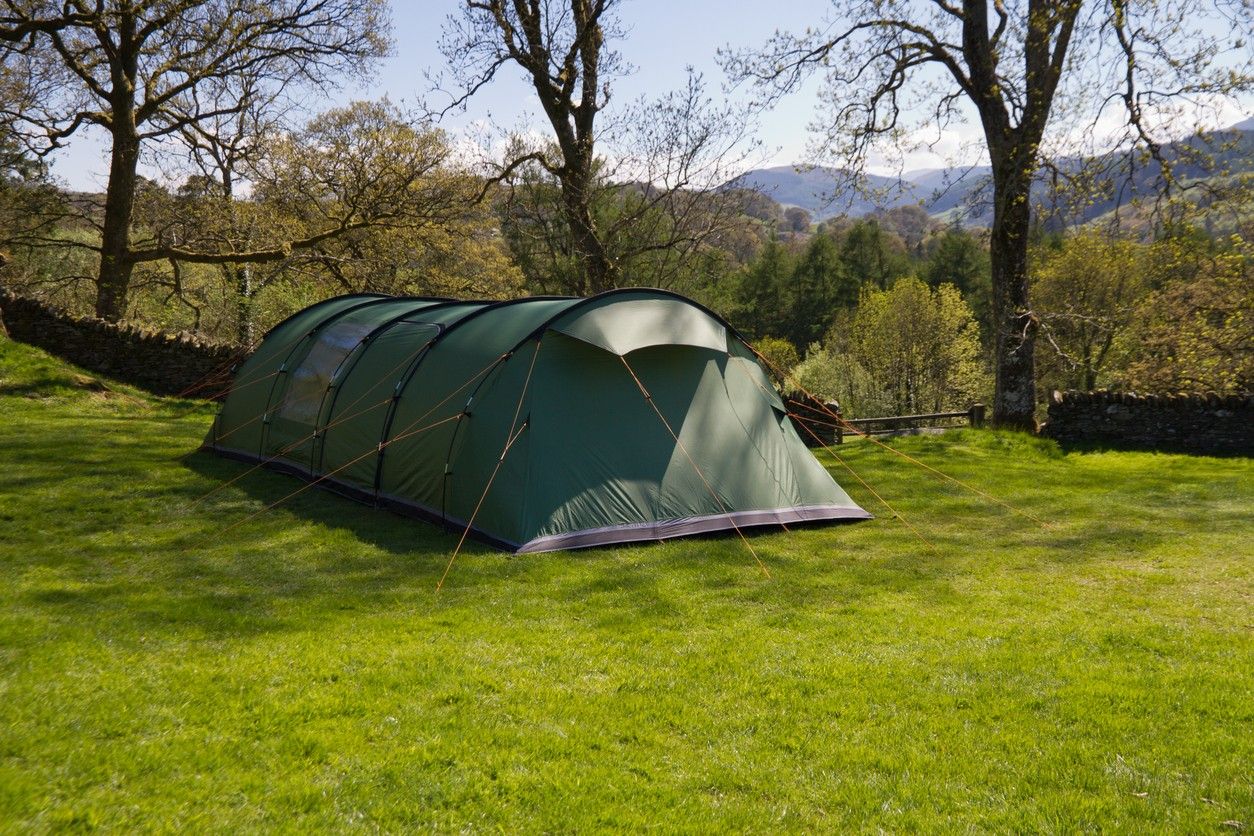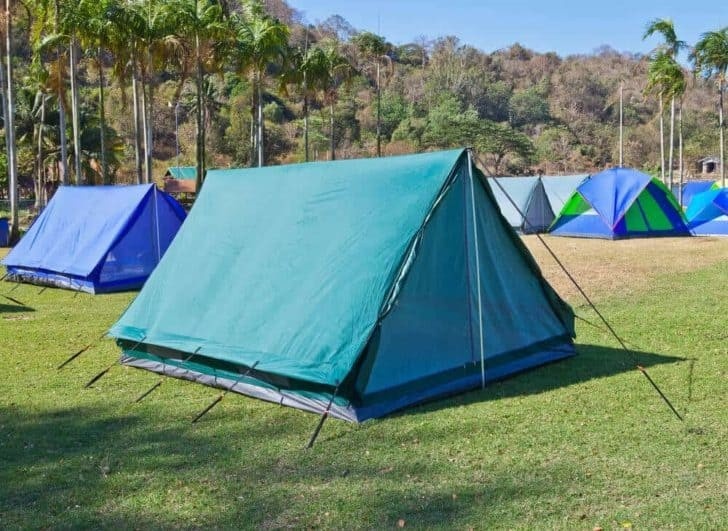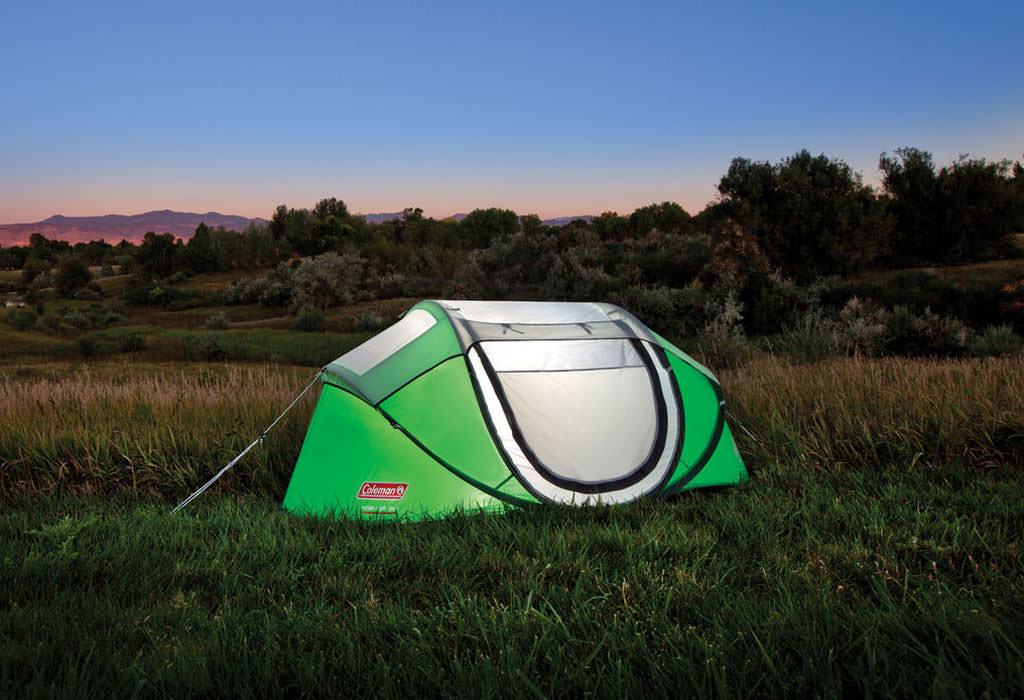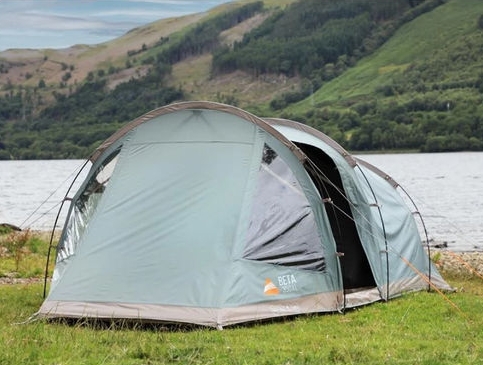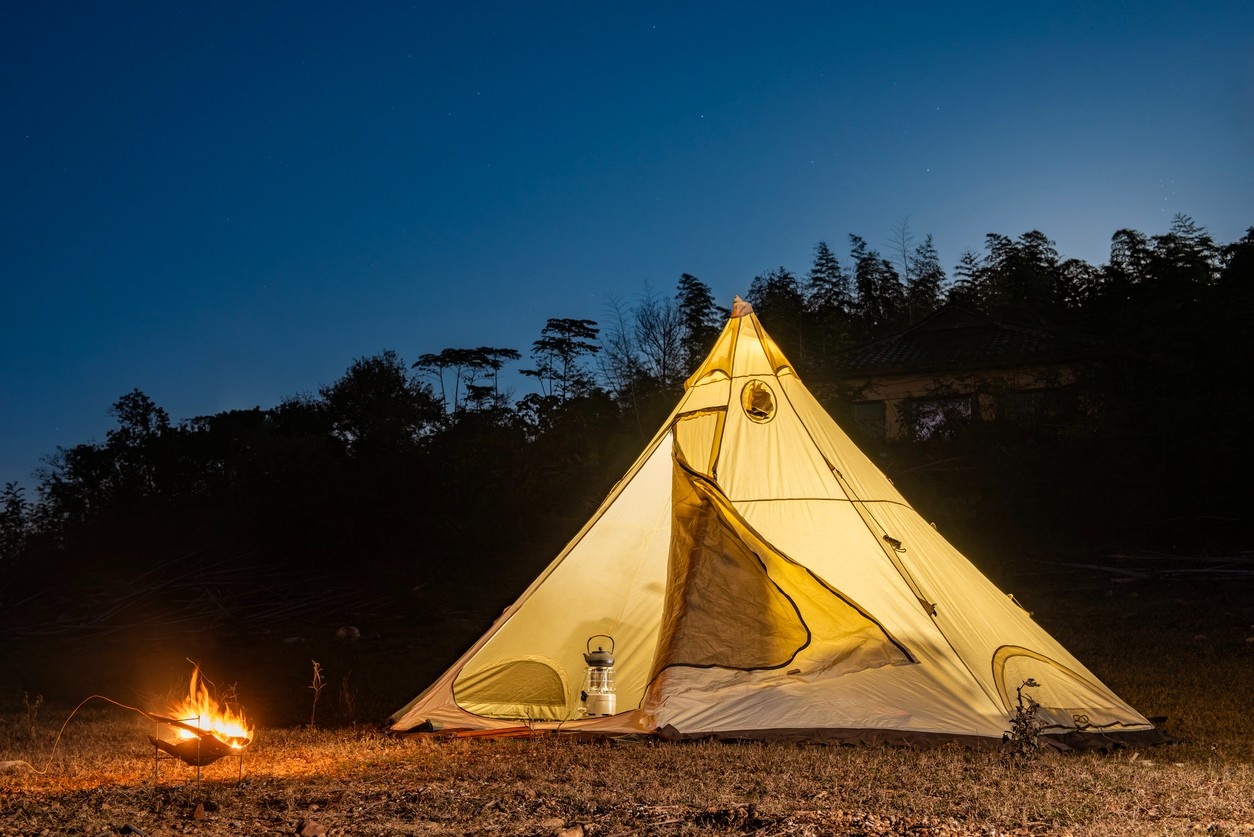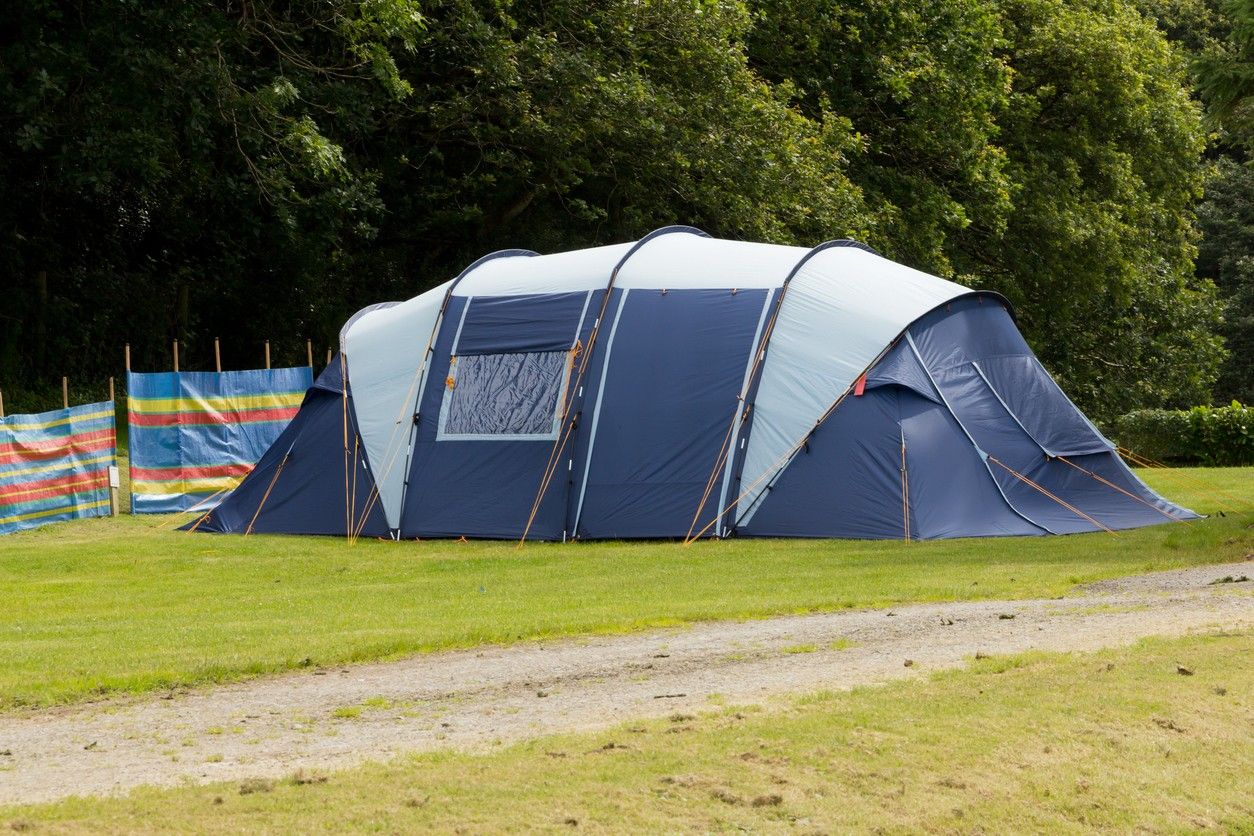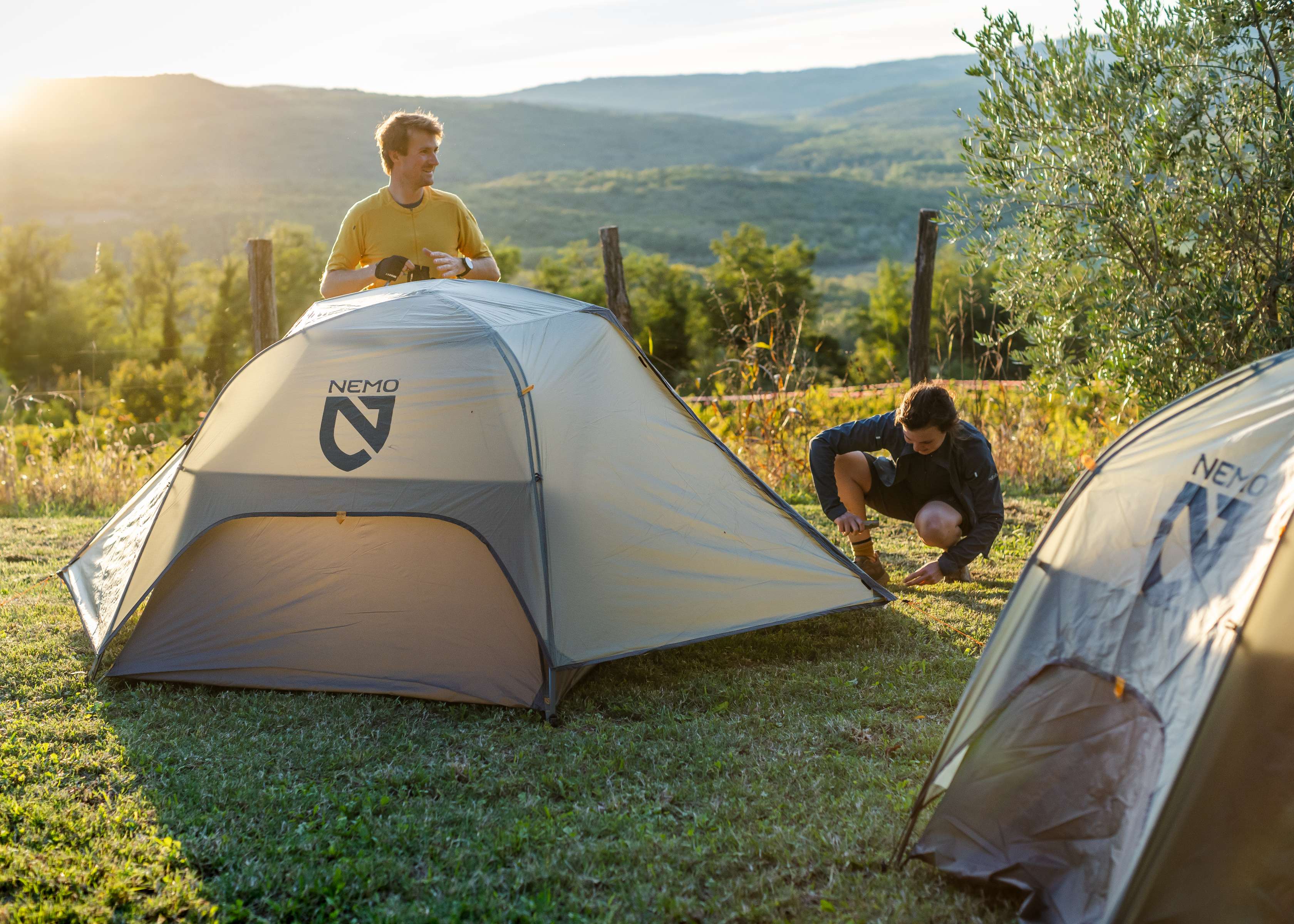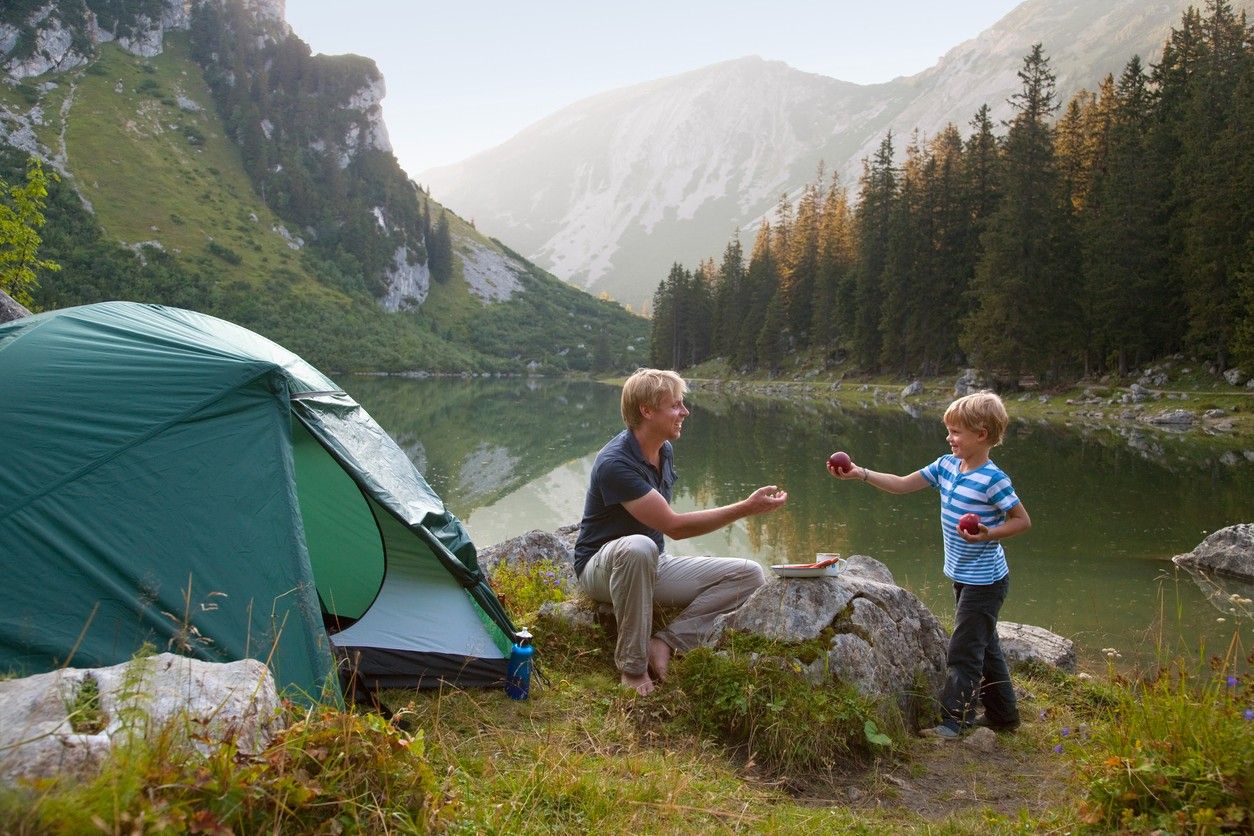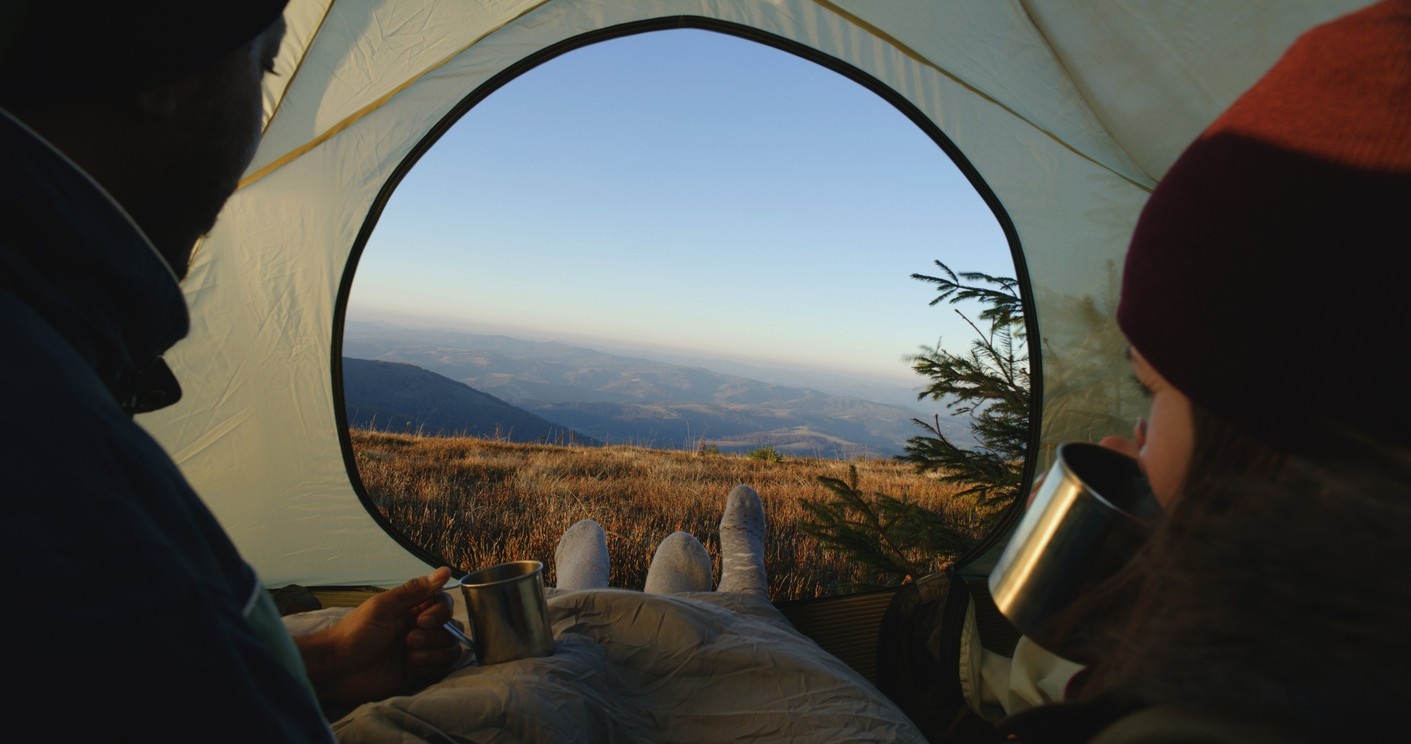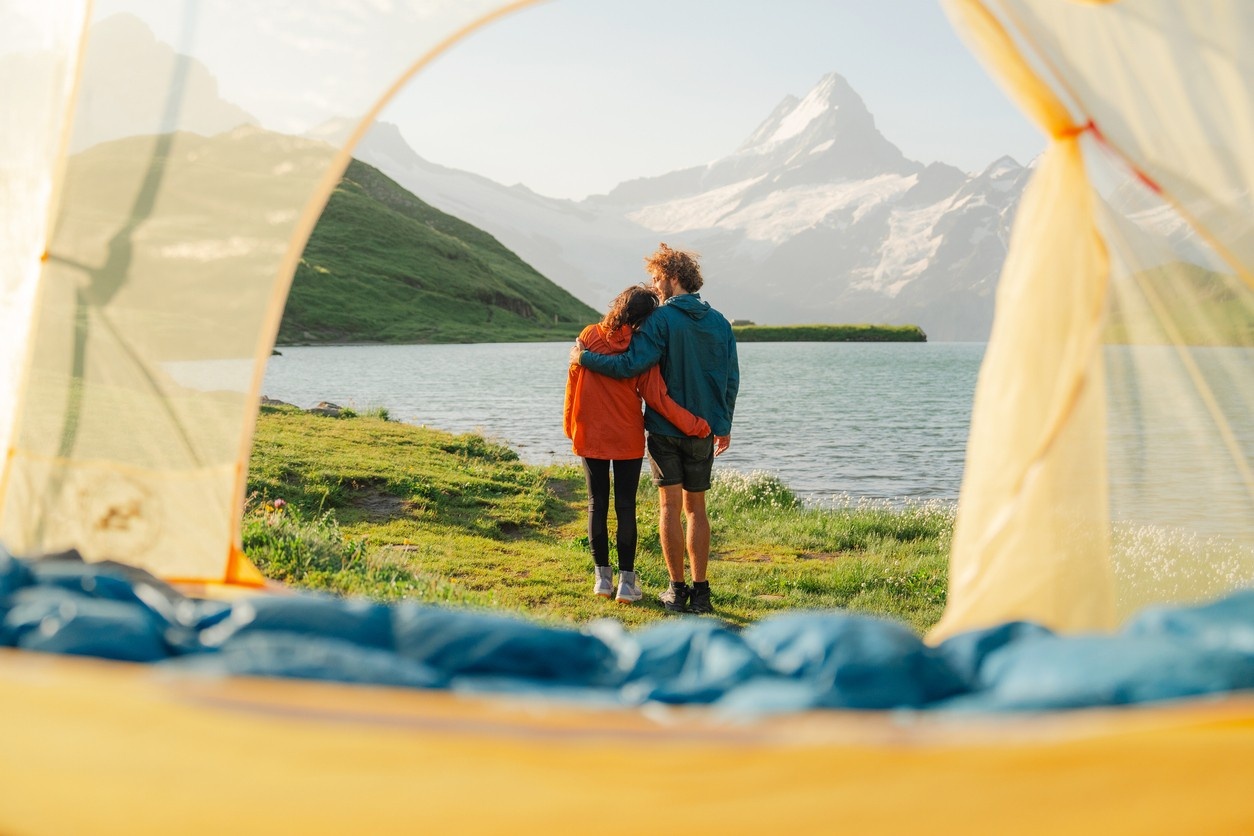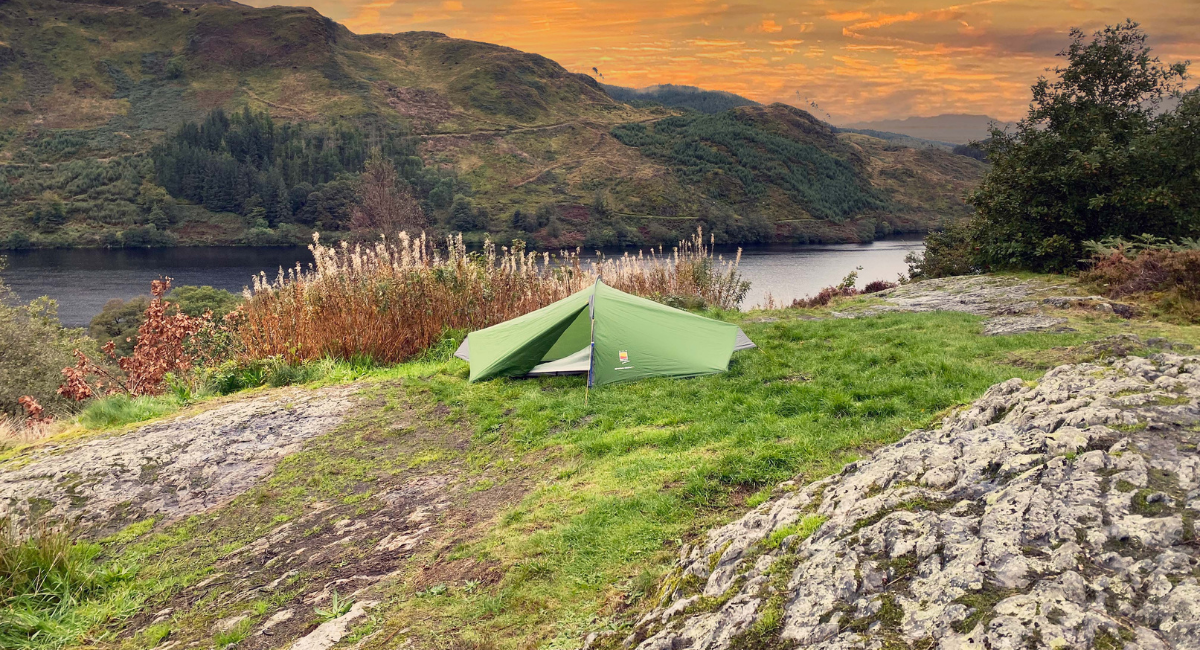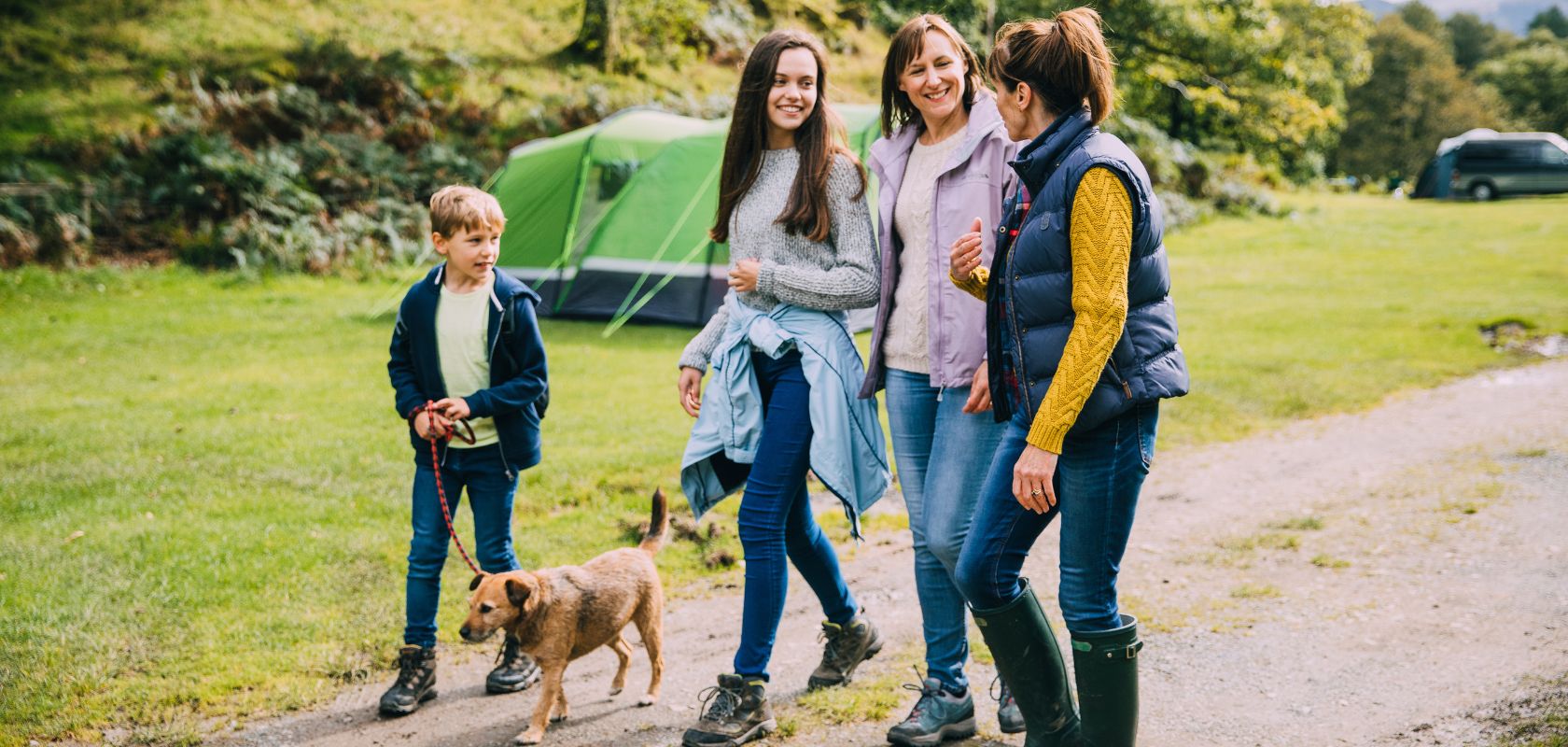Tent Buying Guide
How to Choose the Right Tent for Your Adventure
Ever spent a night in a tent that leaked, flapped, or felt more like a wind tunnel than a cosy retreat? Or maybe you’ve stood in an outdoor shop, surrounded by a sea of tents, wondering: What’s the difference between all these shapes and fabrics? How waterproof is “waterproof,” really? Should I go lightweight or prioritise comfort? Is it worth paying more for technical features, or will a budget tent do the job?
This guide is your shortcut to understanding tents—from the basics to the technical details that make all the difference. We’ll break down the science, explain the features, and answer the questions you didn’t even know you had. By the end, you’ll know exactly what to look for—so you can spend less time worrying about your shelter, and more time enjoying the outdoors.
What Should I Consider Before Buying a Tent?
Before you dive into the world of tent shapes and technical fabrics, ask yourself:
- What kind of camping will I do most? (Backpacking, family camping, festivals, wild camping)
- How many people (and pets) will use the tent?
- What weather conditions do I expect?
- How important are weight and pack size?
- Do I value speed of pitching, or is comfort and space the priority?
Thinking about these questions will help narrow down your choices and ensure you pick a tent that truly fits your needs.
Group Size and Space Needs
- Berth vs. Reality → Tent berths (e.g., “4-person”) indicate sleeping capacity, not storage space. Always size up: a 4-berth tent suits 2-3 people with gear.
- Floor Area → Aim for 1.8+ square metres per person for comfort.
- Height → Prioritise standing room (200cm+) for longer trips.
Intended Use
- Backpacking → Lightweight (1.1–1.4kg/person), compact tents like geodesic or dome designs withstand wind and rain.
- Family Camping → Spacious tunnel or inflatable tents with vestibules for gear and living areas.
- Festivals → Affordable, easy-pitch pop-up tents.
Budget
- Entry-Level → £50–£150 for occasional fair-weather use.
- Mid-Range → £150–£400 for durable 3–4 season tents.
- Premium → £400+ for technical materials (e.g., ripstop nylon) and extreme weather performance.
Weight and Portability
- Backpacking → Under 2kg for solo trips.
- Car Camping → No strict limit—opt for comfort features like awnings
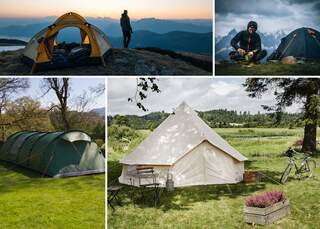
Types of Tents Explained
Choosing the right tent starts with understanding the main types available. Each has its own strengths, weaknesses, and ideal use cases.
Dome Tents
Best For: General camping, short backpacking trips, campsites.
Pros:
- Quick and easy to pitch
- Good headroom and internal space
- Stable in smaller sizes
Cons:
- Larger domes can be less stable in strong winds
Geodesic and Semi-Geodesic Tents
Best For: Wild camping, mountaineering, and exposed or windy conditions.
Pros:
- Exceptional stability in extreme weather
- Self-supporting (can be pitched on rocky ground)
Cons:
- Generally heavier and more complex to pitch
- Less headroom due to sloping sides
Tunnel Tents
Best For: Families, groups, and longer camping trips.
Pros:
- Excellent space-to-weight ratio
- Lots of internal space and separate compartments
- Good headroom in living areas
Cons:
- Must be pegged out (not freestanding)
- Can be less stable in strong crosswinds
Ridge (A-Frame) Tents
Best For: Traditionalists, solo campers, and those wanting a simple, stable shelter.
Pros:
- Very stable and easy to pitch
- Available in many sizes
Cons:
- Limited headroom
- Not ideal for families or long stays
Pop-Up Tents
Best For: Festivals, garden camping, and short breaks.
Pros:
- Incredibly fast to pitch
- Lightweight
Cons:
- Can be tricky to pack away
- Not suitable for bad weather or extended trips
Inflatable (Air) Tents
Best For: Families and groups looking for quick setup and comfort.
Pros:
- Quick and easy to pitch
- Spacious and sturdy
Cons:
- Heavier and bulkier
- More expensive
Teepee and Bell Tents
Best For: Glamping, summer camping, and those who want a unique look.
Pros:
- Spacious and airy
- Easy to stand in
Cons:
- Heavy and bulky
- Not always suitable for bad weather
Pod and Multi-Room Tents
Best For: Large families and groups wanting privacy and space.
Pros:
- Multiple rooms for privacy
- Great for socialising
Cons:
- Heavy and complex to pitch
- May not fit on standard campsite pitches
Tent Types and Typical Capacities - Summary
| Tent Type | Typical Capacity (People) | Best For |
|---|---|---|
| Dome | 2–6 (camping); 10–600+ (event domes) | General camping, events |
| Geodesic/Semi-Geodesic | 1–4 | Wild camping, mountaineering |
| Tunnel | 2-8 | Families, groups |
| Ridge (A-Frame) | 1–4 | Solo/traditional camping |
| Pop-Up | 1–4 | Festivals, short trips |
| Inflatable (Air) | 4–8 | Family/group camping |
| Teepee/Bell | 2–8 | Glamping, summer camping |
| Pod/Multi-Room | 6–12+ | Large families, group trips |
Tent Features and Technical Details
Understanding tent features will help you compare models and find what’s right for you.
Poles
- Aluminium → Strong, lightweight, and durable—ideal for technical tents.
- Fibreglass → Cheaper, found in entry-level and family tents, but can snap under stress.
- Inflatable Beams →Used in air tents, quick to pitch and sturdy but heavier.
| Type | Diameter | Strength (PSI) | Use Case |
|---|---|---|---|
| DAC Featherlite | 8.7mm | 18,000 | Ultralight backpacking |
| 7001-T6 Aluminium | 9.5mm | 25,000 | 4-season expeditions |
| Fibreglass | 11mm | 12,000 | Budget family tents |
Fabrics
- Polyester → Affordable, UV-resistant, and common in most tents
- Nylon → Lightweight and strong, often used in backpacking tents
- Polycotton/Cotton → Breathable and durable, but heavier and more expensive.
Denier & Thread Count
- Denier (D) → Fibre thickness. 20D = ultralight (1.1kg tents), 75D = car camping durability.
- Thread Count → 210T = standard, 400T = premium abrasion resistance.
Material Showdown
| Fabric | Weight (g/m²) | Tear Strength | Best Use |
|---|---|---|---|
| Ripstop Nylon | 30–40 | High (crosshatch) | Alpine expeditions |
| Polyester PU | 50–70 | Moderate | Family camping |
| Dyneema Composite | 24 | Extreme | Ultralight backpacking |
| Polycotton | 300+ | Low | Summer Glamping |
Waterproof Ratings
Hydrostatic Head (HH) → Indicates water resistance.
- 1,500mm is the minimum for UK camping.
- 3,000mm+ is ideal for heavy rain.
Hydrostatic Head (HH) Deep Dive
- 2,000mm →Handles 15mm/hr rain (typical UK shower)
- 5,000mm+ → Withstands monsoon conditions (25mm+/hr).
- Lab vs Real World → Silicone-coated nylon (e.g., Hilleberg) retains 90% HH after 200 nights; PU coatings degrade 30% faster.
- Taped Seams → Critical for preventing leaks at stitch points.
Tent Materials and Weatherproofing
The materials and coatings used in your tent affect its weight, durability, and weather resistance.
- Flysheet → The outer layer, usually waterproofed with PU (polyurethane) or silicone coatings.
- Inner Tent → Breathable fabric for comfort and condensation control.
- Groundsheet → Heavy-duty, waterproof base layer.
Multi-Layer Water Management
- Outer Fly → 5,000mm HH silicone-treated nylon (e.g., Rab Latok) sheds rain.
- Bathtub Floor → 150mm vertical walls prevent ground seepage.
- Taped Seams → Thermally welded > stitch-sealed (no needle holes).
Wind Resistance Engineering
- Aerodynamic Shapes → Dome tents deflect 55mph gusts; tunnel tents need correct orientation.
- Guy Line Physics →45° angles provide optimal tension without overstressing fabric.

Need Expert Advice?
Our Cotswold Outdoor specialists use 3D pitch simulators to match tents to your exact trip parameters—book a free consultation in-store or explore our curated tent range online. From featherlight backpacking shelters to family-sized palaces, we’ll help you find your perfect match.
Choosing the right tent doesn’t need to be daunting. With a clear understanding of the different types, features, and technical details, you’ll be well-equipped to find your perfect camping shelter—whatever the British weather throws your way. Happy camping!
FAQs
Geodesic or tunnel tents with a high hydrostatic head (3000mm+) are ideal for handling rain and wind.
Always size up—if you’re a group of four, look at five- or six-berth tents for comfort and gear storage.
Most are only suitable for light showers and short trips. For serious camping, look for higher HH ratings.
Family tents are too heavy and bulky for backpacking. Choose a lightweight, compact tent for trekking.
10mm+ aluminium (e.g., Hilleberg Nammatj) supports 1.5m snow depth.
Risky—3-season tents lack snow valances and have mesh panels. Add a footprint and snow pegs for marginal use.
Weight (in grams) of 9,000 meters of fibre. 20D = 20g/9,000m. Lower denier = finer, lighter threads.
Yes—air beams match pole tents in stability and pitch faster.
A lightweight geodesic tent (e.g., MSR Hubba Hubba) with a 3,000mm HH.
A lightweight geodesic tent (e.g., MSR Hubba Hubba) with a 3,000mm HH.
Related articles

Let us know you agree to cookies
We use marketing, analytical and functional cookies as well as similar technologies to give you the best experience. Third parties, including social media platforms, often place tracking cookies on our site to show you personalised adverts outside of our website.
We store your cookie preferences for two years and you can edit your preferences via ‘manage cookies’ or through the cookie policy at the bottom of every page. For more information, please see our cookie policy.

